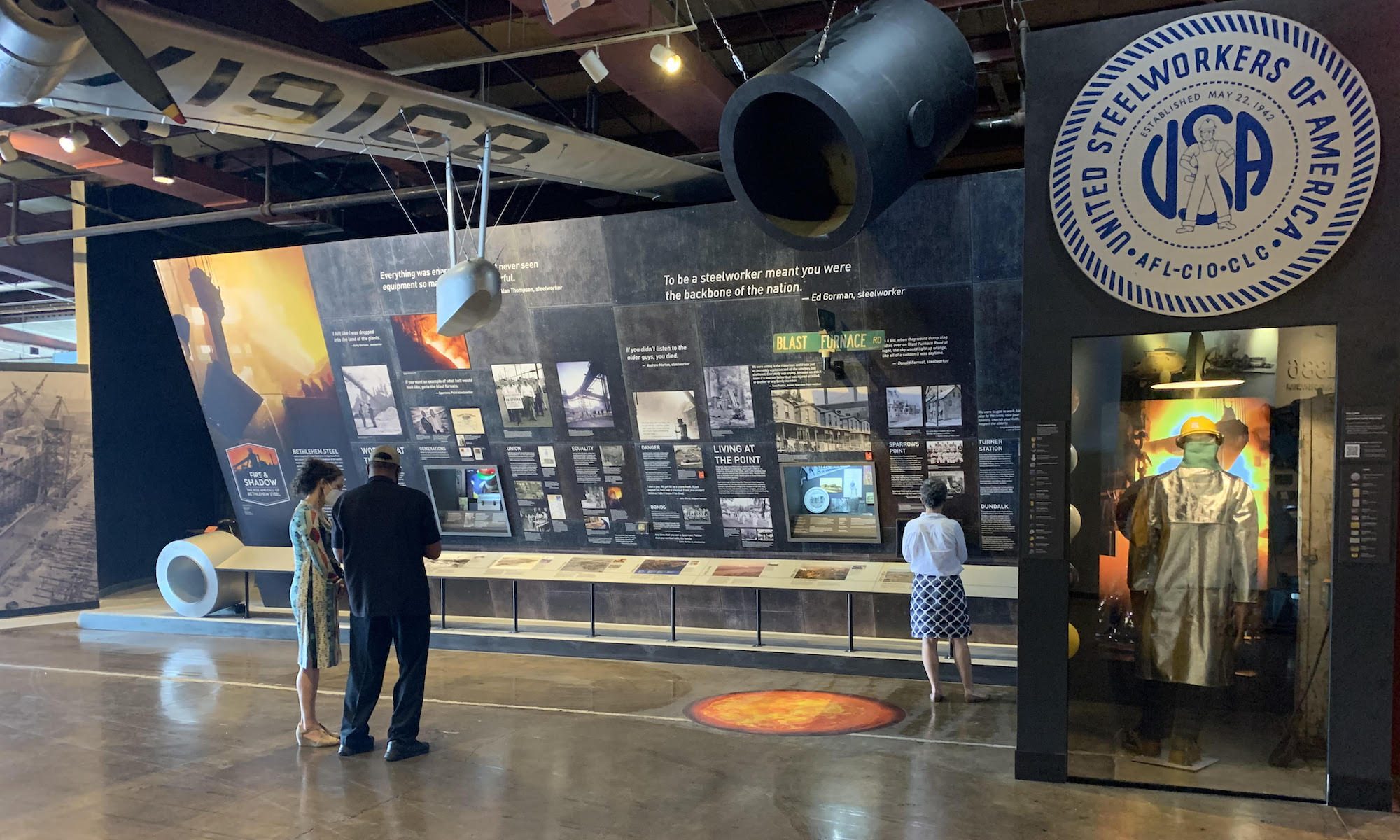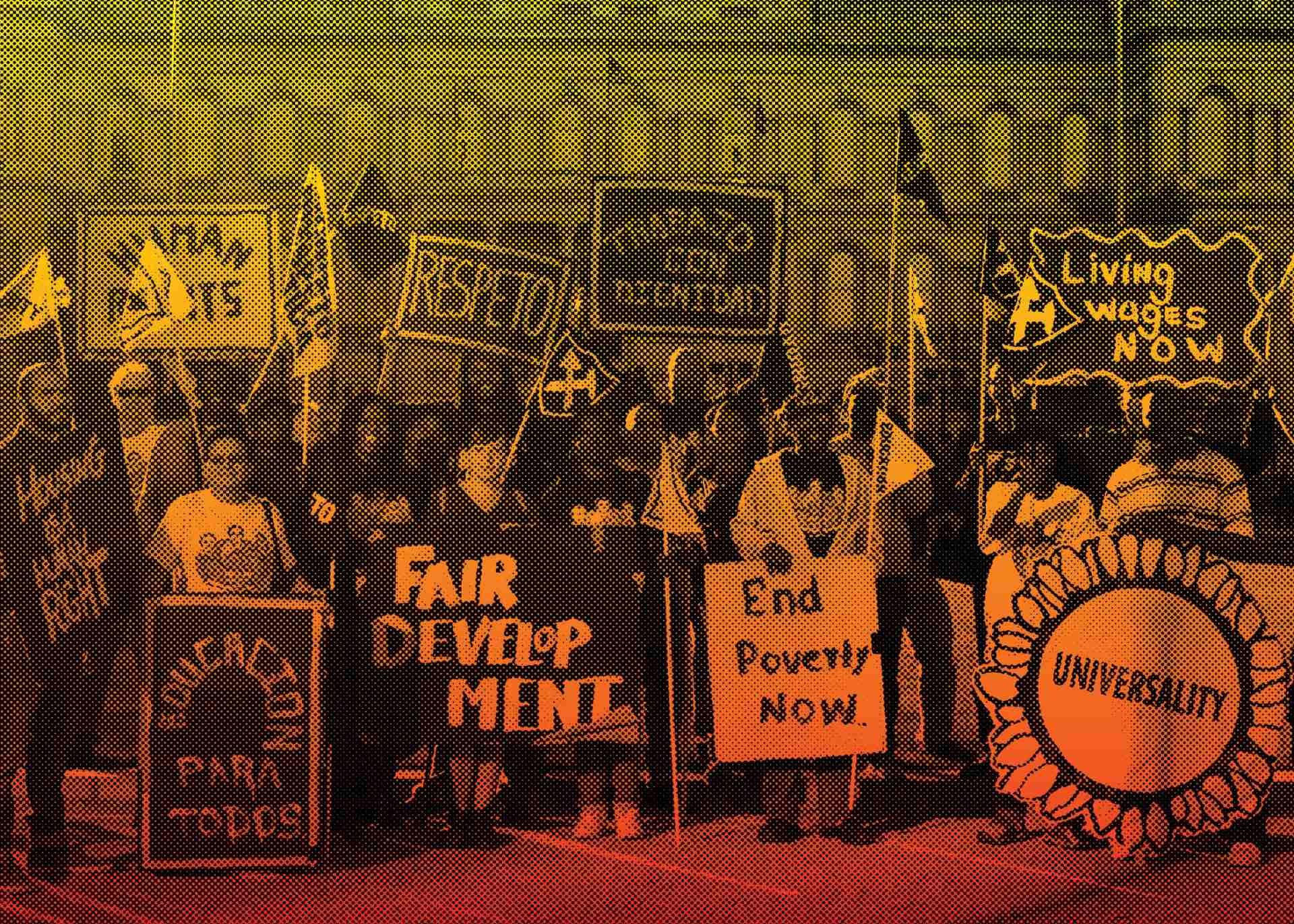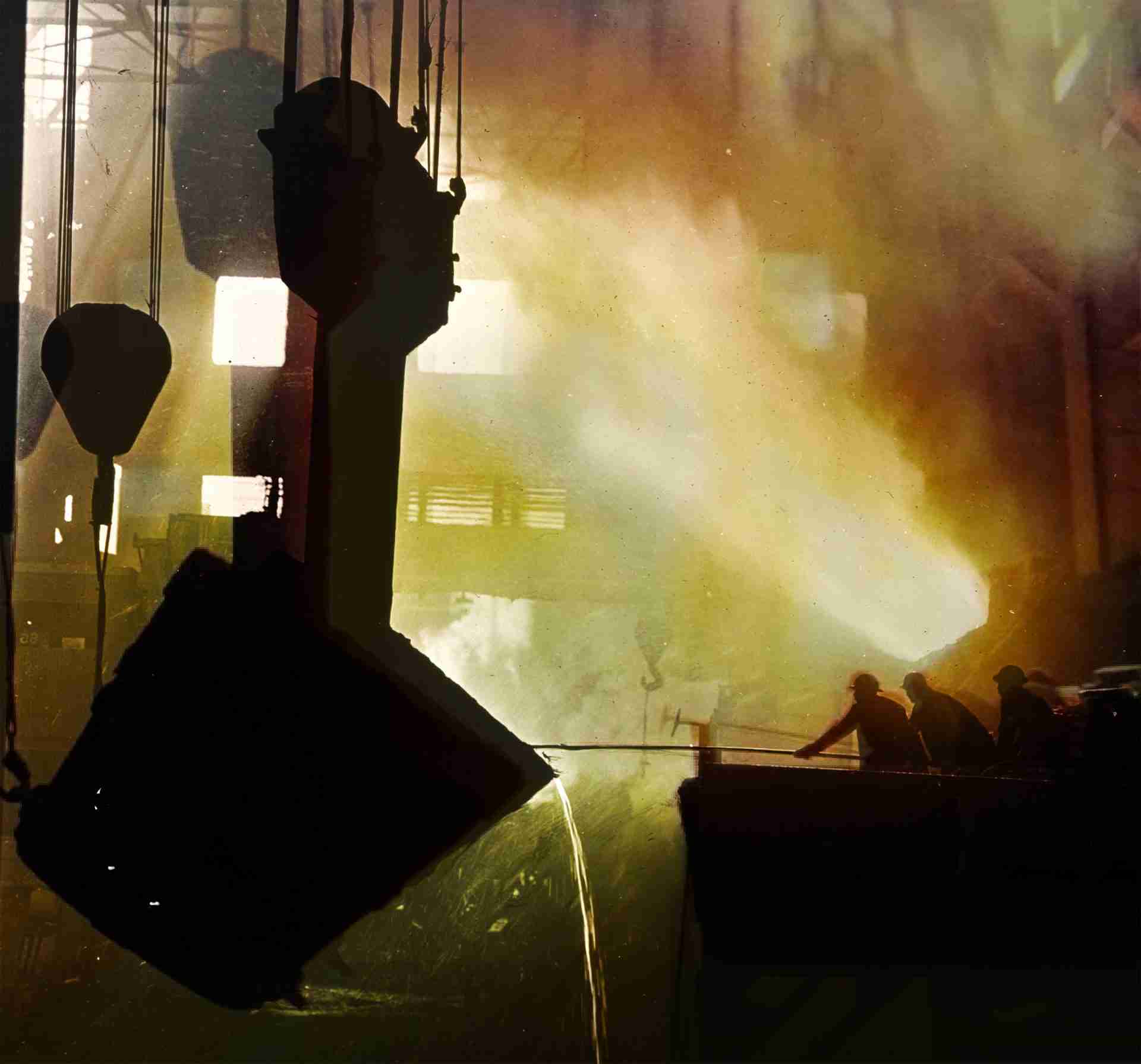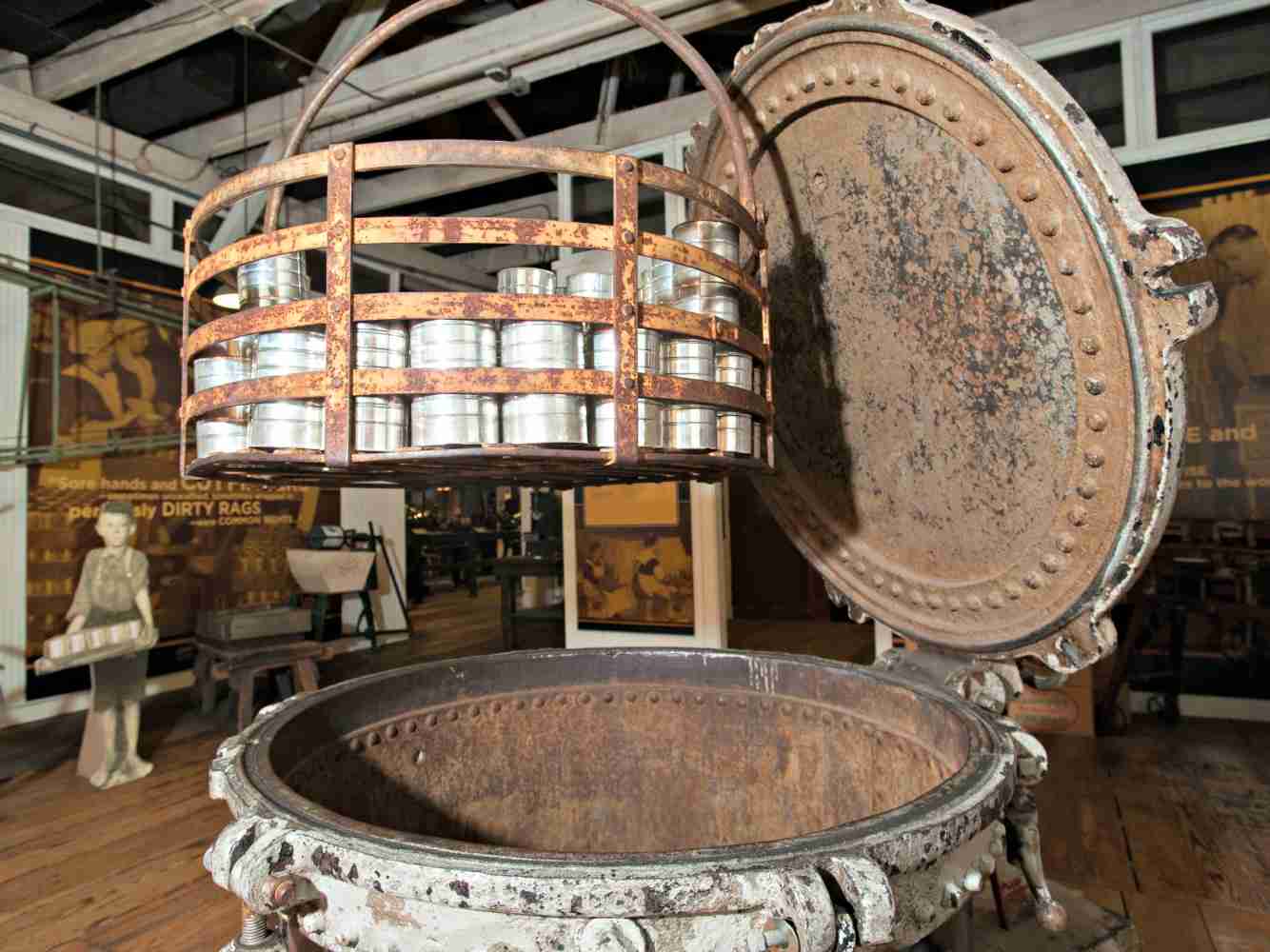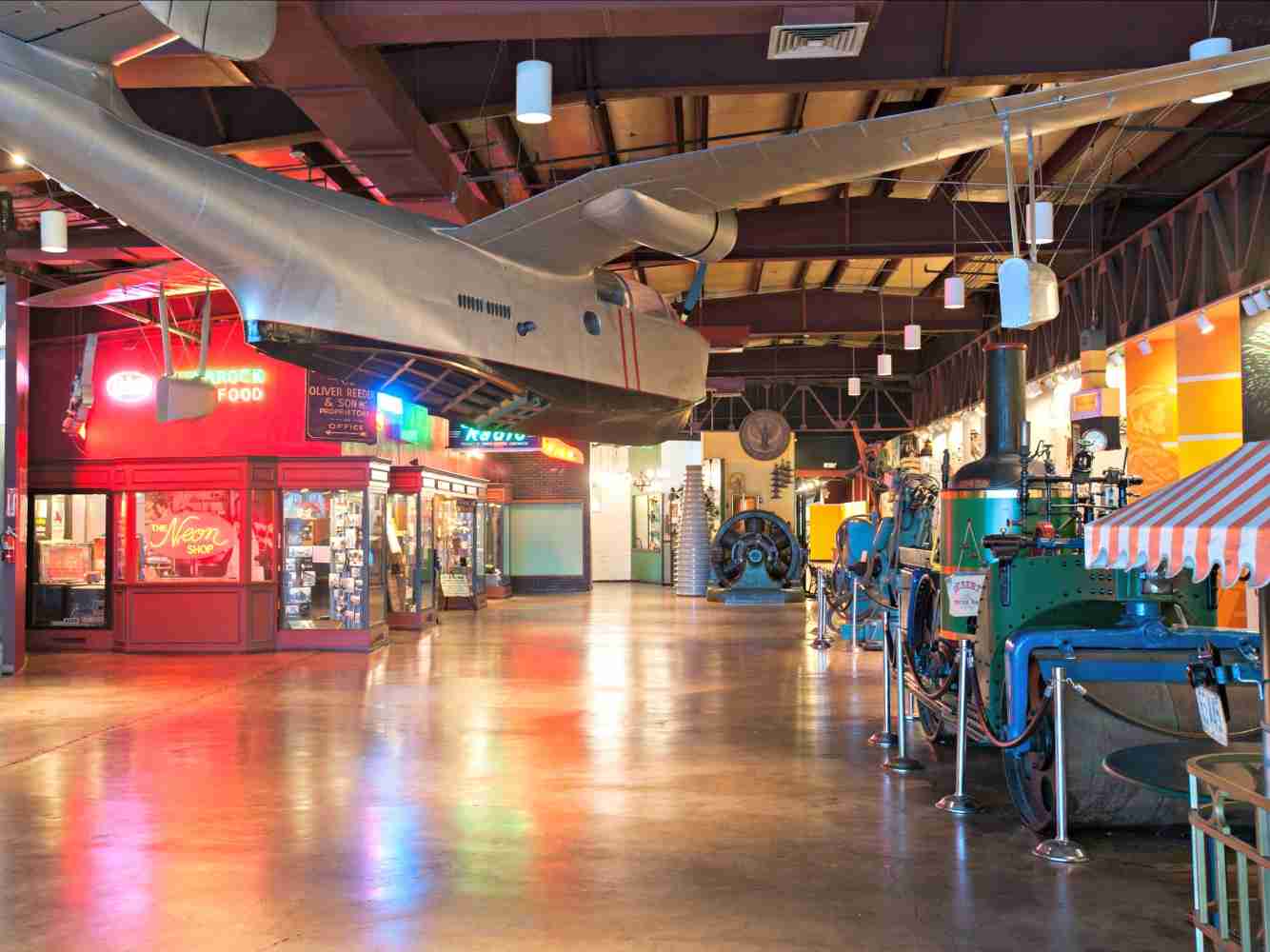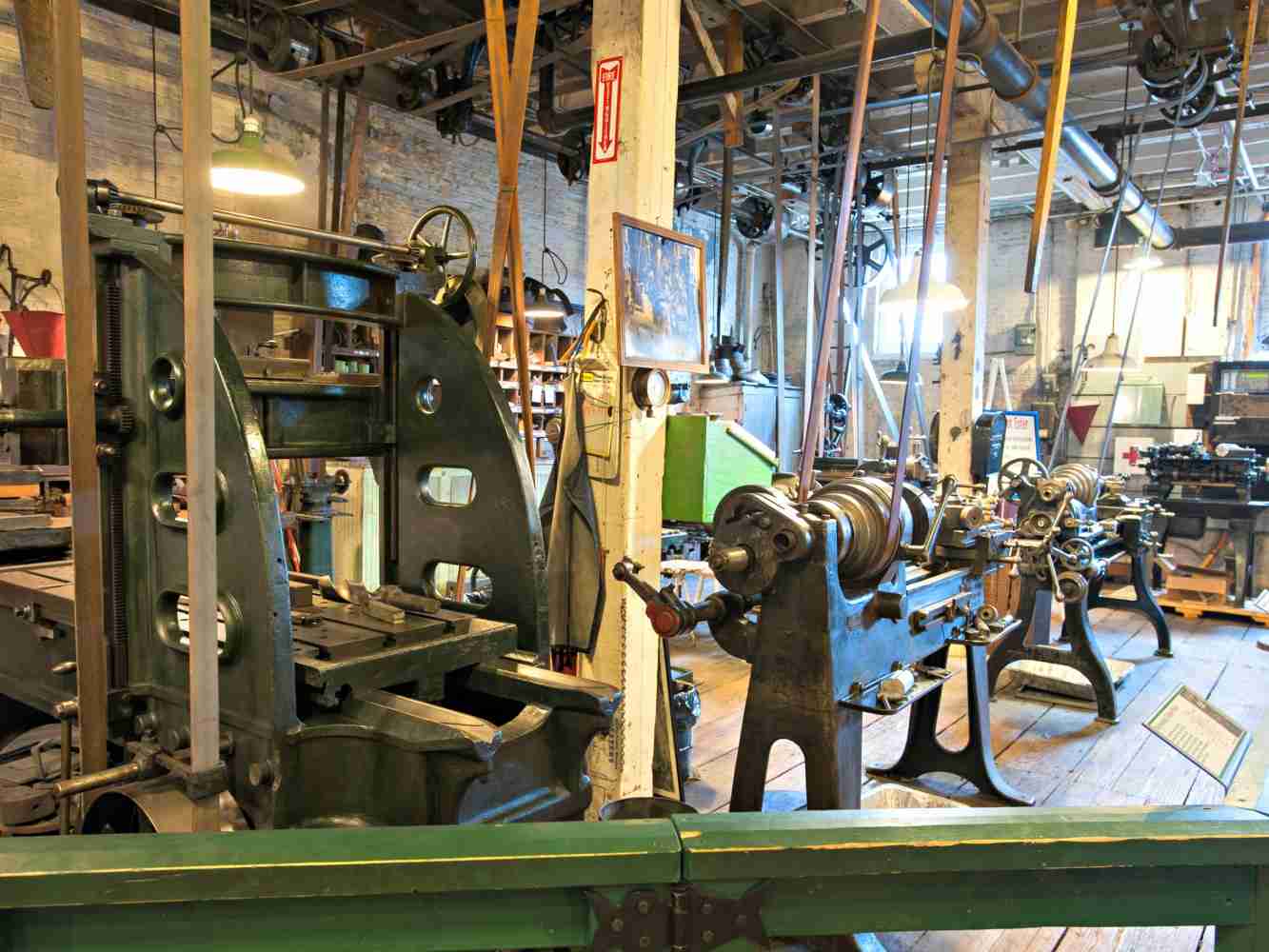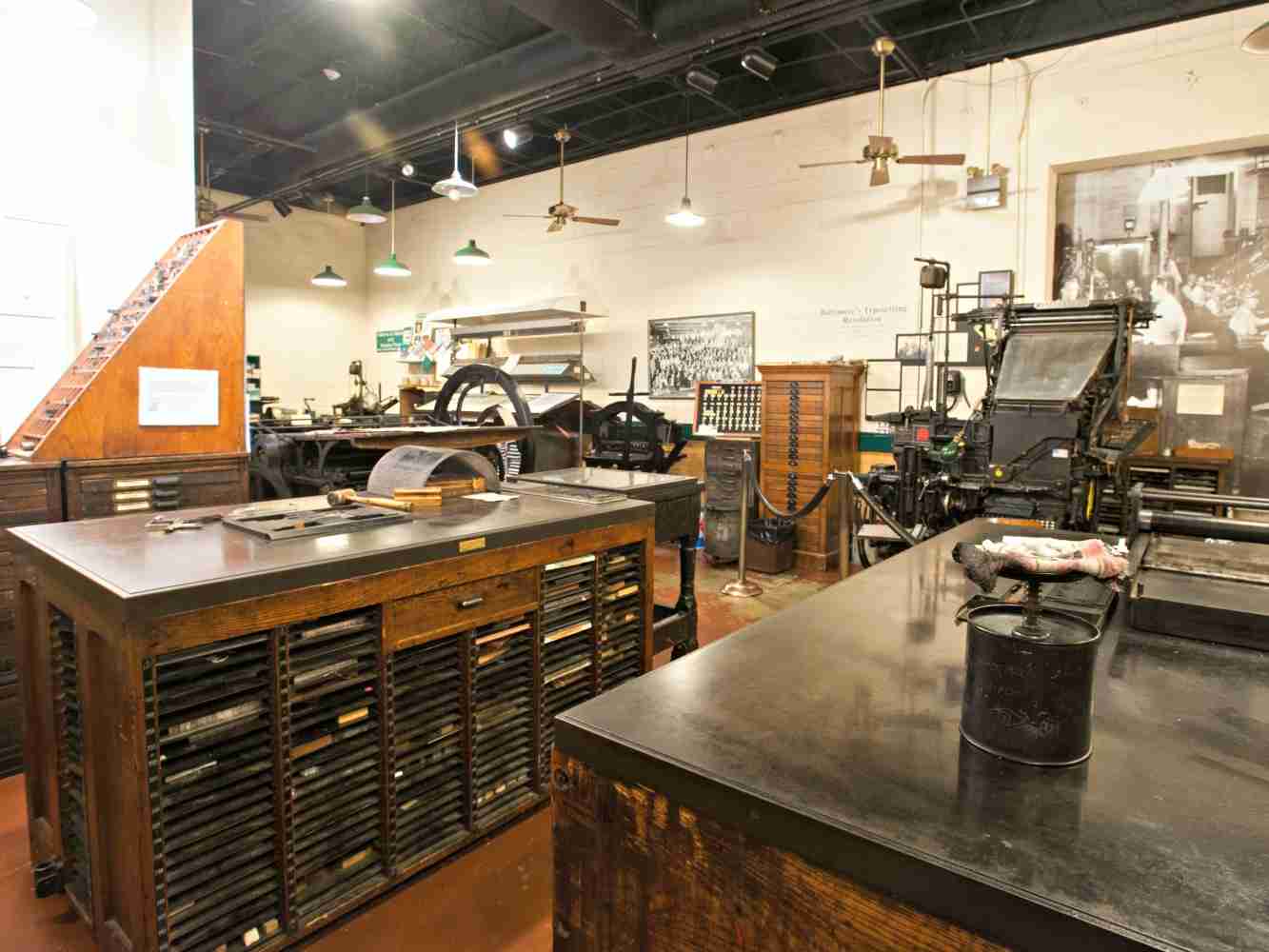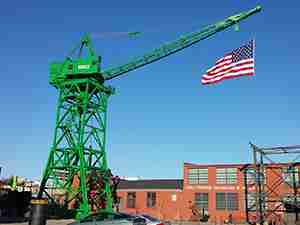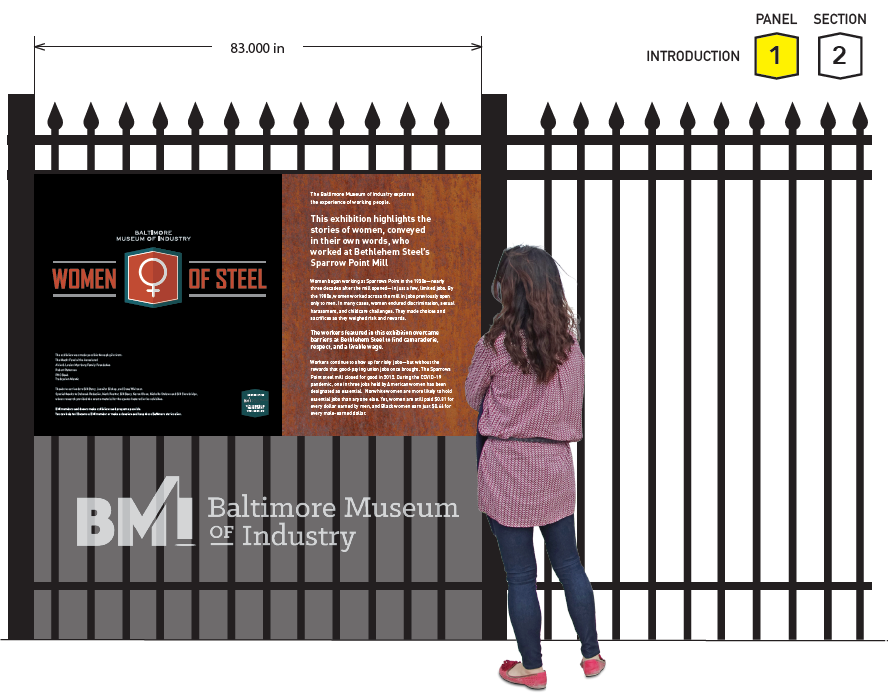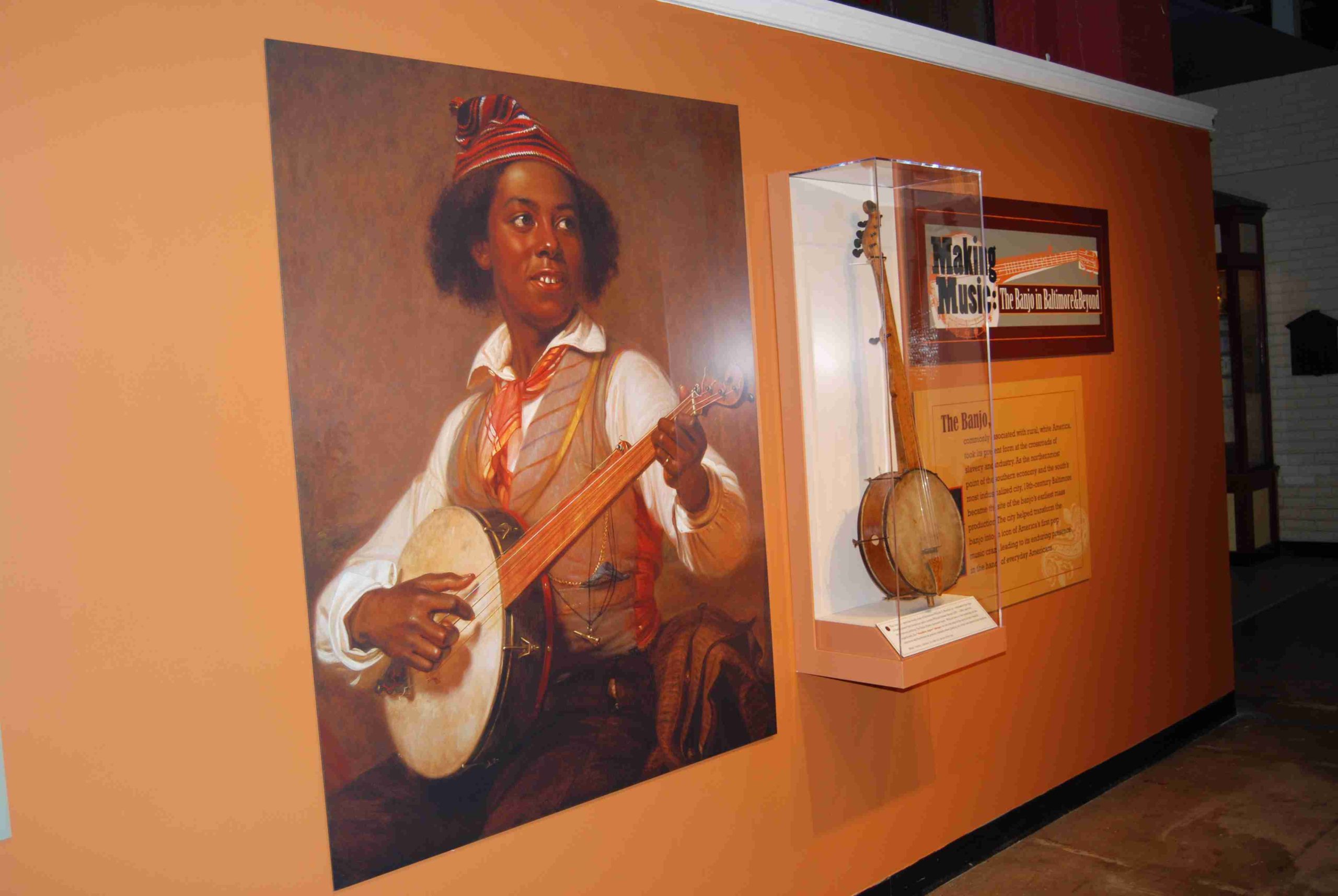The exhibitions at the Baltimore Museum of Industry document the diverse and significant human stories of the workers and entrepreneurs who built Baltimore into a manufacturing powerhouse.
Baltimore is home to the nation’s first passenger railway, oldest gas company, first traffic light, first telegraph message received, the Linotype machine, and many other “firsts” in industry.
Come explore these exhibitions now open at the BMI.
